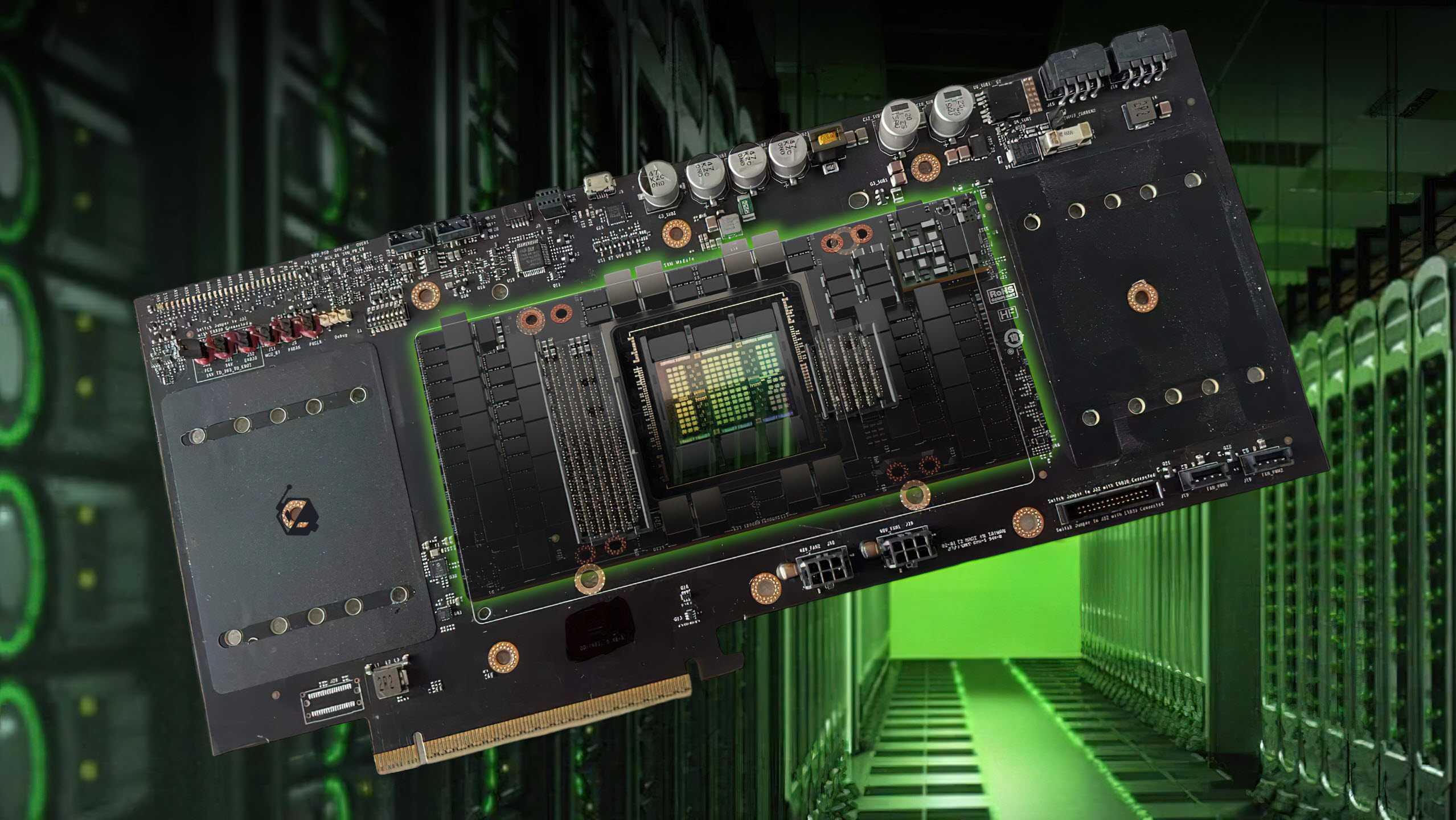NVIDIA is poised to release its next-generation Blackwell chip for the Chinese AI market in the coming months, with a price tag that’s expected to be significantly lower than its current offerings. According to a Reuters report, the new chip will cost half as much as NVIDIA’s H20 AI accelerator, making it an attractive option for clients in China.
Key Features and Limitations
The Blackwell chip is designed to comply with US chip policies, particularly memory bandwidth restrictions. To achieve this, NVIDIA will use GDDR7 memory instead of High-Bandwidth Memory (HBM), and it won’t utilize TSMC’s Chip-on-Wafer-on-Substrate (CoWoS) technology. These compromises are likely to result in reduced performance compared to mainstream solutions, potentially widening the gap between Chinese and Western AI capabilities.
Market Context and Competition
NVIDIA’s decision to launch a more affordable chip comes amid increasing competition from local players like Huawei. The Chinese tech giant has been gaining market share, with its Ascend 910C chip reportedly outperforming NVIDIA’s upcoming Blackwell chip. NVIDIA’s CEO, Jensen Huang, has acknowledged the growing competition, stating that Huawei’s “CloudMatrix” AI cluster now competes with NVIDIA’s Grace Blackwell architecture.
Business Impact
The new chip is expected to help NVIDIA regain market share in China, where its revenue has declined significantly since the US imposed initial restrictions under the Biden administration. Despite this, NVIDIA remains optimistic about the Chinese market, with Huang describing it as a “$50 billion opportunity.” The company anticipates selling over one million units of the Blackwell chip by the end of the year, leveraging its CUDA software ecosystem to maintain a competitive edge.

While the Blackwell chip may not offer the highest-end performance, its lower price point is likely to attract customers in the Chinese AI market. NVIDIA’s strategy appears to be focused on balancing affordability with the need to comply with US regulations, while also highlighting the strengths of its software ecosystem to maintain market relevance.


